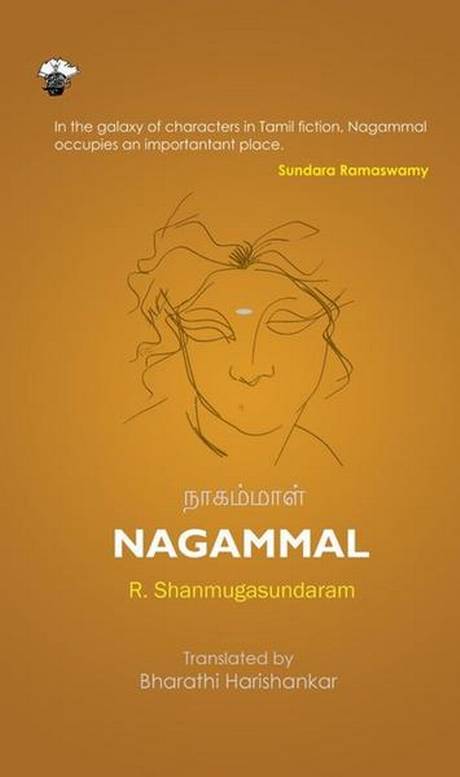Geeta Padmanabha – AUGUST 24, 2019
Some universities in Tamil Nadu are introducing courses on Indian literature in translation; textbooks are also being developed, looking at rich layered pieces chosen from local languages
If you said “What!” at the end of Guy de Maupassant’s The Necklace, followed the adventures of The Three Musketeers and buried your nose in Tagore’s Geetanjali, it is because these were translated into English by good-hearted scholars. Without translations, we are likely to miss a world of literary treasures. Translators — that under-rated group of writers and academics — deserve our respect and eternal gratitude.
Traditionally, translators were simply writers with knowledge of more than one language. Some time ago, a handful of academicians wondered why translators could not be trained through a course in colleges. Believing that translation methods could be taught in a structured way, they began to push for the introduction of “Translation as a form of Communication” in undergraduate studies, and explore the possibility of designing books for teaching/learning translation.
In time, OUP published books for translation studies in collaboration with N. Jagadeswari of Government Arts College, Thiruvannamalai, V. Bharathi Harishankar, University of Madras and Mini Krishnan, editor, translation, OUP, and in consultation with the members of the Board of Studies. Wordscapes, covering stories, poems, plays, autobiographies from Kannada, Bengali, Hindi, Marathi and Tamil, with the focus on Tamil, is the final one of a series of three books that set the path for teaching translation. Thiruvalluvar University saw the need for translation, as a subject, and introduced Indian Literatures in English Translation for their third-year UG students with Wordscapes as the prescribed book. “You could say the Thiruvalluvar University is running a translation movement,” says Mini Krishnan.
What it entails
A “translation” course allows rich, familiar, complex and layered pieces to be chosen from the wide variety in local languages, explains Mini Krishnan. They are bound to hold the students’ attention. Students from English-medium schools are generally not academically bilingual, and a course in translation supported by translated material fills this lacuna. It connects you to your culture. In a sense it is reverse colonisation. Now through English you get to know stories in Malayalam, Telugu, Kannada…
“Translating”, studied seriously, challenges the intellect to switch constantly between two zones. It promotes research in bilingual archives. Someone well-versed in translation methods can take up a number of projects — non-fiction translation, cross-lingual documentation, and now, translation of court proceedings. Reporters can check-out an additional source in the regional language. Translation is everywhere — in our speech, brochures and manuals, name-boards of shops, in official work in a country like ours with 22 scheduled languages and countless dialects. Translation is a useful, trade-able skill.
“The course aims to teach students to view translated stories as literary texts as well as translated material, to persuade them that they wouldn’t be enjoying the book’s literary value had it not been for the translation. In that sense, translation cuts into the literature aspect of the text,” says Bharathi Harishankar.
Challenges
But teaching “translation” poses challenges. “Non-availability of efficient bilingual teachers and difficulty in translation of culturally-ingrained words/thoughts are road-blocks in teaching ‘translation’ as a subject,” said Jagadeswari. How does one teach the book as a piece of literature? How does one approach it as “translation”?
Stories written in Indian languages describe habits and ways of expression peculiar to that region, talk of customs and mores little-known outside the setting. Can these be written in a foreign language (English) without loss of flavour/intent/the turn of phrase? There are words that cannot be translated (try oodal, aiyo, sundaikkai), so does a translator attempt transliteration? The translation student should keep in mind things like the politics of representation, as in the story Nagammal (translated beautifully by Bharathi); “Translators cannot allow their interpretation, their biases to intrude the text that is essentially someone else’s viewpoint, they allow the characters to speak out,” adds Bharathi. “That’s the true skill of the translator.”
Wordscapes works as a text-cum-workbook with detailed lesson plans. It has a warm-up exercise to put the lesson in context. Each unit has a set of clear objectives pertaining to the theme and techniques of translation, for students, to measure their ability as translator. The book has structured instruction to make students active, independent learners. It gives a glimpse of the translation history in India and incorporates teaching lessons. And the writers conducted a day-long workshop on teaching “translation” as a course.
Jagadeshwari would like translation introduced in schools. “Translation studies at an early age result in better language skills,” she said. Efficient bilingual teachers are hard to find, but “the course has 100% support from the teachers and learners.” She recommends that other universities prescribe this course to augment the multilingual strength of its learners.
The book can be a turning point in literature studies, the authors feel. “English departments in colleges have a brilliant opportunity to develop life skills to respond well to speech and writing, to get along with students from different geographies with different ethnic, cultural backgrounds. Learning to translate is learning to be sensitive to differences in opinions, outlook.”
References
Word Worlds (2013) – University of Kerala as a book for General English.
Words, Texts, Meanings (2013) – prescribed by Thiruvalluvar University for its BA English course.
Wordscapes (2019) – on regional (mainly the south) literatures in translation.
Support quality journalism – Subscribe to The Hindu Digital

